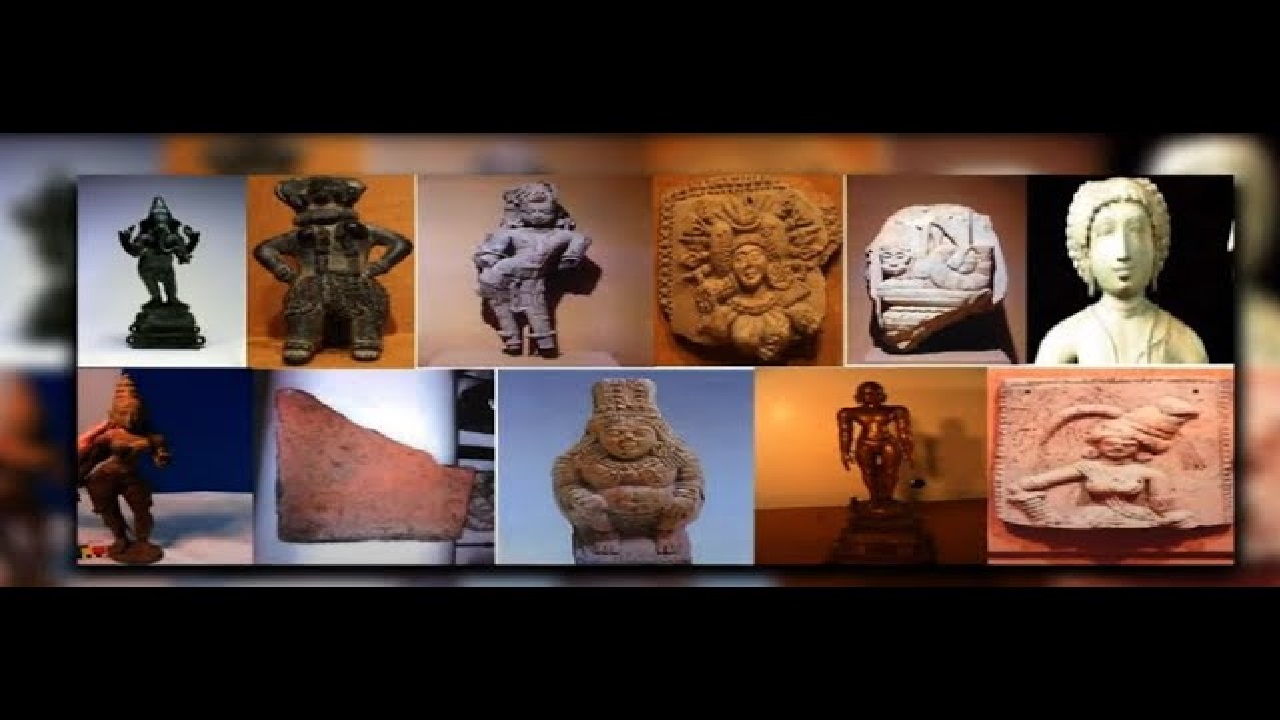A Significant Cultural Victory
India’s ongoing efforts to recover its stolen heritage have seen a major milestone in 2024, with the repatriation of 297 smuggled antiquities from the United States. This brings the total number of Indian artefacts retrieved from the U.S. to 588. The announcement was made by Union Minister for Culture and Tourism, Gajendra Singh Shekhawat, in a written response in the Rajya Sabha.
The retrieval of these antiquities is part of India’s broader initiative to reclaim cultural treasures that were illicitly taken from the country and sold on the international market. Over the past few years, there has been a renewed focus on tracking down and securing the return of such artefacts, highlighting India’s commitment to preserving its rich heritage.
The Role of the US-India Cultural Property Agreement
India has been working closely with the U.S. under the Cultural Property Agreement (CPA), which aims to prevent the smuggling and illegal trade of Indian antiquities. The agreement, which is preventive in nature, does not set fixed targets or timelines but enables cooperation between both nations in combating cultural theft.
Shekhawat explained that in addition to the CPA, India engages with various international organizations, including UNESCO and INTERPOL, whenever necessary, to strengthen its efforts in recovering stolen antiquities. These collaborations facilitate technical assistance, intelligence-sharing, and stronger enforcement against illicit trade networks.
A Broader Cultural Revival: Resurgence of Ancient Sects
Beyond reclaiming stolen artefacts, India has also witnessed a growing resurgence of ancient religious sects, particularly during major spiritual gatherings like the Kumbh Mela. Shekhawat highlighted that the Kumbh Mela, one of the largest religious gatherings in the world, brings together millions of devotees and numerous spiritual sects, some of which have existed for centuries.
This revival of traditional sects and rituals is driven by a renewed interest in India’s spiritual and cultural heritage. Factors such as religious tourism, social media, and a search for deeper meaning in modern times have contributed to this resurgence. According to Shekhawat, this revival not only helps in preserving ancient practices but also fosters social cohesion and national pride in India’s cultural roots.
A Step Forward in Cultural Preservation
The return of nearly 300 stolen antiquities in a single year marks a significant achievement in India’s cultural diplomacy and heritage preservation. Through ongoing collaboration with international partners, India continues to work towards recovering its lost artefacts and preventing further cultural theft.
At the same time, the resurgence of ancient sects highlights a deeper connection between India’s past and present, ensuring that the country’s spiritual and cultural traditions remain alive for future generations. This dual approach—securing historical artefacts while promoting cultural revival—reinforces India’s commitment to safeguarding its rich and diverse heritage.
(With inputs from agencies)








